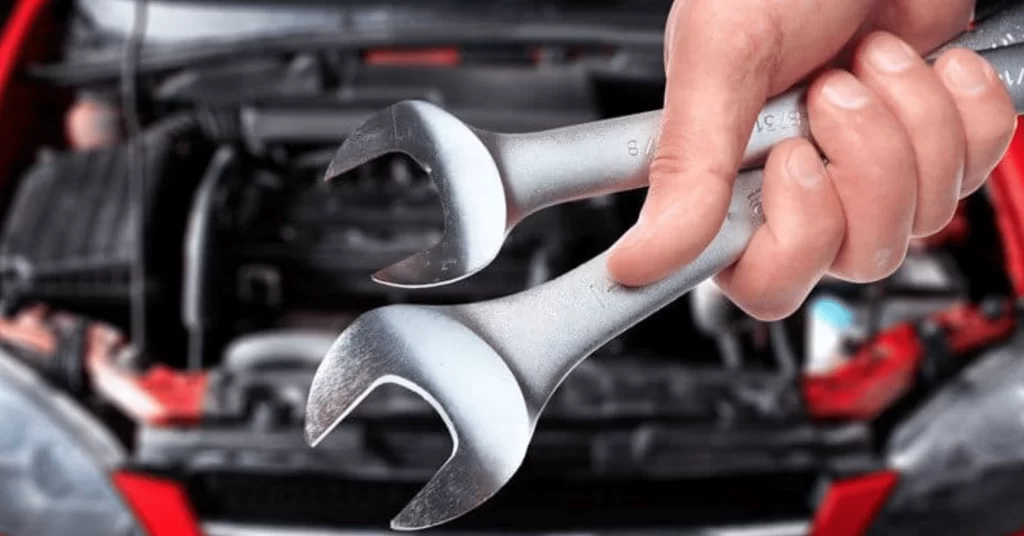DIY Car Maintenance: Essential Tips for Keeping Your Vehicle in Top Shape

There are a number of steps you can take on your own to save money and ensure the smooth running of your car.
Tires, spark plugs and fluid levels are just three areas where car maintenance needs to be attended to regularly.
Mounting and balancing tires should be left to professionals, while changing oil on your own can be done easily DIY style.
Check Your Tires
Doing basic repairs yourself doesn’t always require paying a mechanic; in many cases, purchasing the parts necessary and watching instructional videos on YouTube can save money and further your knowledge about your car.
Properly inflated tires are essential to safe handling, fuel efficiency and good vehicle performance. Check their air pressure regularly using a tire-pressure gauge available from most auto parts stores – uneven wear could indicate misalignment or suspension issues that need attention.
Your spare tire should also be put through its paces. If you don’t know how to change a flat, consult your car’s owner’s manual for guidance. Practicing at home will give you confidence to tackle a flat when necessary and save you money in emergency road service fees. A great idea would be keeping all the tools that came with your vehicle along with a spare tire and jack in the trunk for emergencies.
Check Your Headlights
Headlight restoration can be an easy DIY car maintenance task that saves both time and money by doing it yourself. Clouded or dull headlights not only look unsightly, they may also reduce visibility at night. Luckily, using one of the $20 headlight restoration kits available at most auto parts stores, clearing away fog can be easy!
After several tragic wheel-fall incidents occurred, mechanics advised drivers to use a torque wrench to check newly installed wheel nuts for tightness using pounds per square inch (psi). Although most people find this process daunting, DIYers can use their home tools easily enough.
DIY vehicle maintenance can save both money and stress. Being aware when professional assistance might be necessary is helpful, but many problems can be addressed using basic toolkit and knowledge alone.
Check Your Oil
Even if your vehicle isn’t new, establishing the habit of regularly checking its oil is important for maintaining peak condition and functionality. Checking its oil regularly should become part of routine car care if you want your car to run at its best!
Start by turning off the engine and opening up the hood, then locate your dipstick (typically yellow for easy identification) and pull it out, wiping it clean before replacing and adding the correct amount of oil for your vehicle.
DIY oil change tasks can save money both at the gas station and by avoiding costly repair bills. Simply follow your owner’s manual’s guidelines to ensure you use the appropriate type of oil for your car, disposing of its old oil properly afterwards.
Check Your Belts and Hoses
A serpentine belt is often overlooked when it comes to maintaining vehicle, yet should be regularly checked and maintained. This rubber belt helps power devices such as your air conditioning compressor, alternator and power steering pump – any wear-and-tear damage could lead to these essential parts breaking down and ultimately stopping your car altogether. Worn out or missing belts could have dire repercussions and could result in breakdown of other essential parts which depend on it for operation – possibly leading to total vehicle shutdown altogether!
Hoses can easily be checked by visual inspection. If there is a leak, using a repair kit should do the trick quickly; alternatively a radiator hose replacement kit might also come in handy as keeping your engine cool is vital to its continued running smoothly.
Implementing these simple DIY car maintenance tips can save money by preventing costly repairs and prolonging its resale value. Just be sure to read your owner’s manual for suggested tasks, working on a flat surface with your car safely parked on jack stands.




